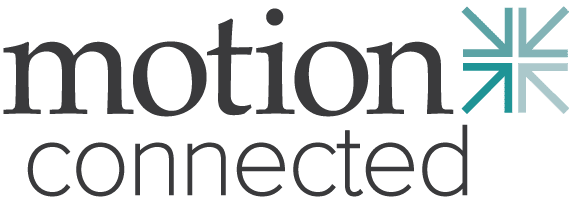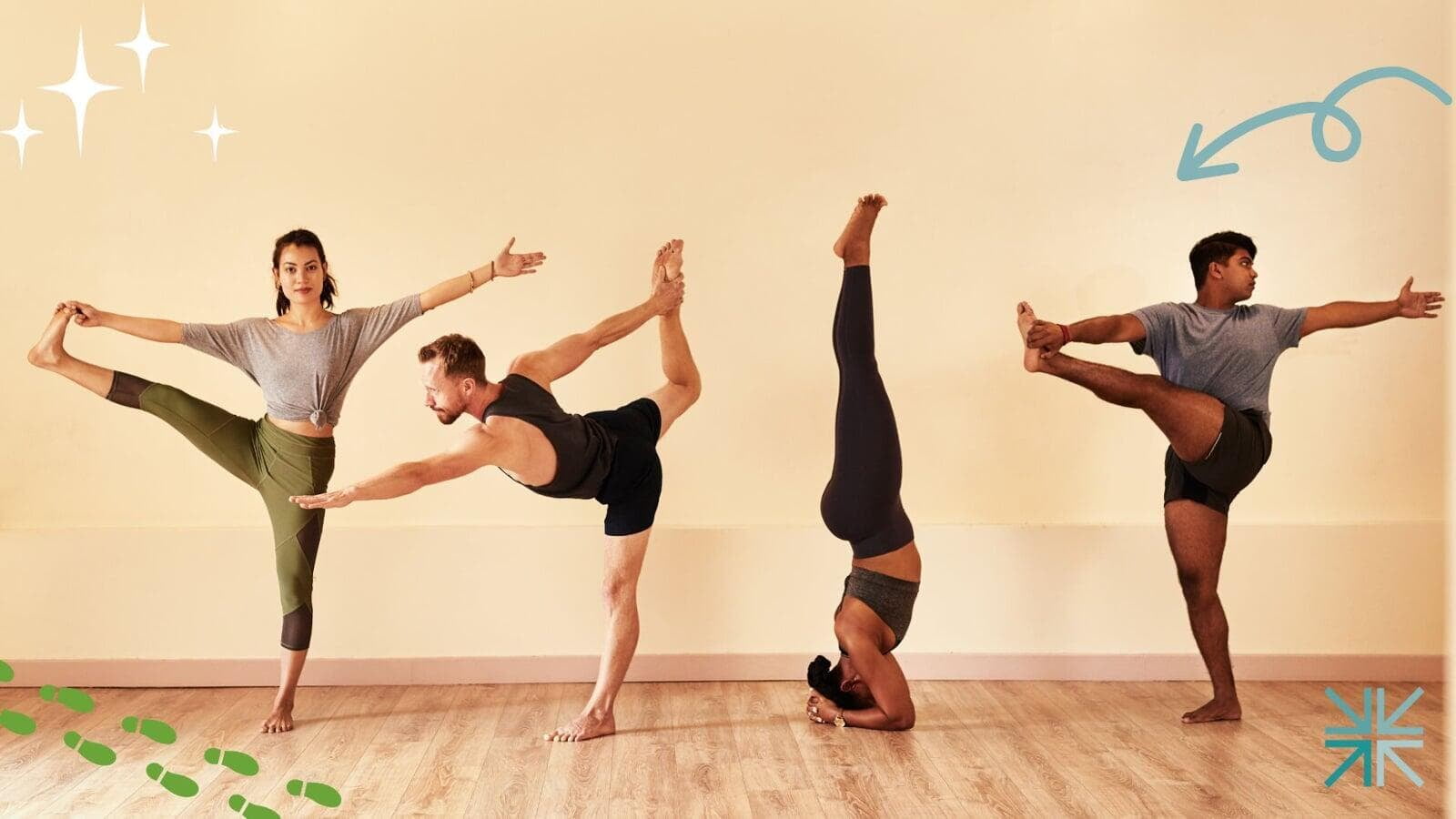Learn why doctors recommend movement as the first line of defense when dealing with stress & burnout.
In our fast-paced world, stress has become an almost inevitable part of life. However, one of the most effective yet underappreciated remedies lies in the simple act of movement. Movement isn’t just about fitness and hardcore workouts; movement comes in many forms and is a fundamental part of human health that affects us on multiple levels—physically, mentally, and emotionally.
In this article, we’ll explore how increasing daily movement can enhance our overall well-being while simultaneously reducing stress and ultimately decreasing our chances for burnout. We’ll also be drawing on the many impactful insights given to us from our recent Great Culture webinar discussion with Dr. Tamara Beckford, an emergency medical physician and wellness expert.
The Physical Benefits of Movement
The human body thrives on movement as it’s a crucial part for maintaining a healthy lifestyle. Regular physical activity strengthens and improves the efficiency of your musculoskeletal, respiratory, and cardiovascular systems. It’s well-documented that people who engage in regular physical activity have a lower risk of many chronic diseases, such as heart disease, diabetes, and cancer.
The CDC recommends a minimum of 150 minutes of moderately intense exercise each week for adults to live a prosperous life. Don’t worry, you don’t need to perform 150 minutes of straight exercise. With a few tricks that we’ll learn below, we can spread those 150 minutes of movement out throughout the whole week without having to make huge sacrifices.
The Mental Benefits of Movement
The Mental Benefits of Movement
Not only is physical movement beneficial to the body, but your brain also gets a huge boost as well. Regular physical activity has been shown to improve sleep, reduce stress, improve mood, improve cognitive functions, and much more. It can also help combat depression, anxiety, and dementia.
In the Great Culture webinar, Dr. Beckford recalled from her interviews with over 200 doctors and psychiatrists that their first line of defense against depression is usually movement. She encourages finding a like-minded person to do movement activities with so you can gain the benefits of movement and socialization at the same time.
How to Incorporate More Movement into Your Daily Routine
How to Incorporate More Movement into Your Daily Routine
Integrating more movement into your daily life doesn’t necessarily mean dedicating hours to the gym or intense workouts. Here are a few simple ways to add movement throughout your day:
Start Your Day With Movement
Dr. Beckford gleefully suggests that by adding 20 minutes of movement after waking up, you'll have armed your mind, body, and spirit to face the challenges of the day. She goes on to educate us that these 20 minutes of movement don’t have to be filled with traditional exercises, but can be filled with something that moves your spirit. Her suggestion to get more movement in your morning was to turn on your favorite music and dance.
Moving More At Work
For those of us who work in front of a computer all day, it can be hard to find the time to get the necessary amount of movement in. However, there are some easy tricks to use to sneak physical activity into our busy schedules while at work.
Investing in a standing desk can help shake things up, but introducing deskercise like seated leg lifts, pushups, stretching, and chair squats is a much cheaper option. You can also take walks during your breaks and implement walking meetings so everyone can get more movement in their days.
Take The Long Way
One simple method of adding more movement into your day is to take the long (or slow) way to your destination. For instance, by choosing to walk up the stairs as opposed to an elevator or parking your vehicle farther away from the entrance of your building, you’re able to add far more steps to your day than by doing the opposite.
Alternatively, walking or biking to work is a great way to not only add more movement into your day, but to also reduce the amount of money you spend on gas and gym memberships. Win-win!
Engage In Play
Another way you can get more movement into your day is to engage in play! Whether it’s with your pets, children, friends, or loved ones, playing will not only increase your physical activity, but it’ll fill up your social cup too!
Don’t have anyone to play with? To reference Dr. Beckford’s suggestion from earlier, try turning on some music and dance! Alternatively, you can turn on an interactive gaming system like the Nintendo Wii, Swift, or a VR headset to play on.
Schedule Exercise Time
While all of the previous methods are great, scheduling dedicated time to exercise will help you achieve your goals faster and more effectively than without. Depending on the goals that you have, this time could be used for any sort of physical activity. Whether it be walking, biking, swimming, running, lifting weights, group fitness classes, or frisbee golf. Regardless of which activity you select, the most important thing is to pick something that makes you happy so that you’re more likely to stick with it.
Final Thoughts on The Power of Movement
The conversation with Dr. Beckford was a powerful reminder of the profound impact that movement can have on combating burnout and enhancing overall wellness in the workplace. As leaders and influencers within our organizations, it’s crucial to champion these practices not only for our health but for the health of our entire teams. By fostering an environment where movement is part of the daily routine, we can help prevent burnout, increase engagement, and build a thriving organizational culture.
Watch our full episode to gain even more insight into what it means to move a culture from surviving, to thriving.
We help employers engage their employees through step challenges, interactive educational quizzes, centralized communication channels, and much more. Request a demo today or talk to one of our employee experience specialists by emailing sales@motionconnected.com to learn more.


